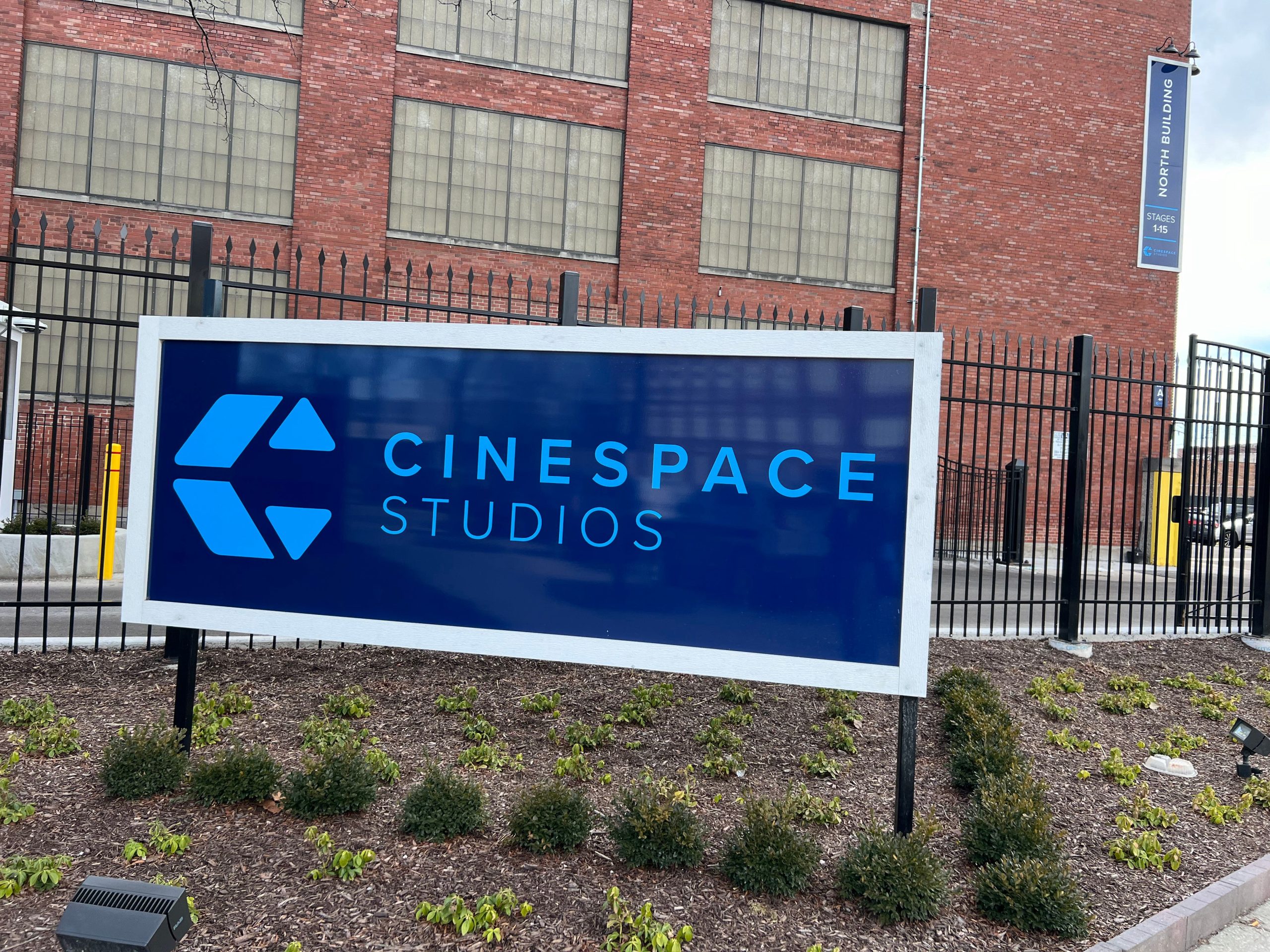(WBBM NEWSRADIO) – Chicago has been the backdrop for some of the biggest blockbuster films in the past couple of decades – think “Transformers 3” and “The Dark Knight” – but it’s more recently become known as a production hub for several modestly budgeted but popular television shows.
Take “The Bear,” the award-winning runaway FX hit about a Chicago restaurant.
“It’s character-driven. The writing, the directing, the cinematography, the real-life locations, the quality is second to none,” says Jonah Zieger, deputy commissioner of the Chicago Film Office. “But it’s not a huge $200 million blockbuster project. It’s about people and stories and experiences.”
He said “The Bear” is one of the mid-level budgeted series that Chicago is landing because of the city’s versatility and diversity.
Filming on the third season has begun. “The Bear” utilizes Chicago exteriors and also relies on interior sets built at Cinespace, a 1.6 million-square-foot production complex in the city’s North Lawndale neighborhood.
“We could probably fit eight or even nine productions at one time,” Jane Williamson, head of operations and client services at Cinespace.
Within the next week or so, seven TV shows are expected to be filming at Cinespace. Besides “The Bear,” production continues on the “One Chicago” series, which includes “Chicago Med,” “Chicago Fire” and “Chicago P.D.”
“We have hospital sets that are built here. We have the firehouse for ‘Chicago Fire.’ We have ‘The Bear’ restaurant,” Williamson said.
Cinespace also acts as a training ground for the industry’s future professionals. Under a partnership with DePaul University, students get hands-on film and TV experience.
“They build sets, they learn with the same kind of sets and materials that our professionals learn on,” Cinespace Director of Community and Industry Relations Michael Scott Jr. said.
Meanwhile, the CineCares Workforce Development program helps young adults break into the TV and film industry.
“They’re learning firsthand everything that a gaffer or a key grip or someone that is a carpenter or somebody sent in the camera department — they’re learning directly from those people,” Scott said.

Photo credit (Photo by Robyn BECK / AFP) (Photo by ROBYN BECK/AFP via Getty Images)
Eighty percent of the young people who have come through CineCares are still in the industry, proving that you can get your break right here in Chicago, Scott said.
The state of Illinois’ film tax credit program also is credited with keeping Chicago’s film and television production busy.
A recent study from the Illinois Production Alliance found that close to 94 percent of all productions would not have filmed in Chicago if it weren’t for the tax credit. That helps validate the program and “see where our placement is in the competitive marketplace,” said Christine Dudley, executive director of the Illinois Production Alliance.
In 2022, Chicago’s film industry had its biggest year ever, with nearly $700 million of film expenditures, Ziegler of the Chicago Film Office said. That all came to a halt last summer when SAG-AFTRA and the Writers Guild of America (WGA) went on strike, sparking across the country.
“It was a tough time for creative workers in Chicago,” Zieger said. “People had to pivot. Some people focused on the commercial industry and the aspects that were not stopped. Some people had to be really inventive and resourceful and find a way to make ends meet during that time.”
With the strikes over, he’s hopeful the industry will come back even stronger.
“We want to support Chicago storytellers and Chicago creators, and we’re always looking for ways to kind of elevate more original content to come out of Chicago,” Ziegler said.
Listen to our new podcast Looped In: Chicago
Listen to WBBM Newsradio now on Audacy!
Sign up and follow WBBM Newsradio
Facebook | Twitter | Instagram | TikTok




